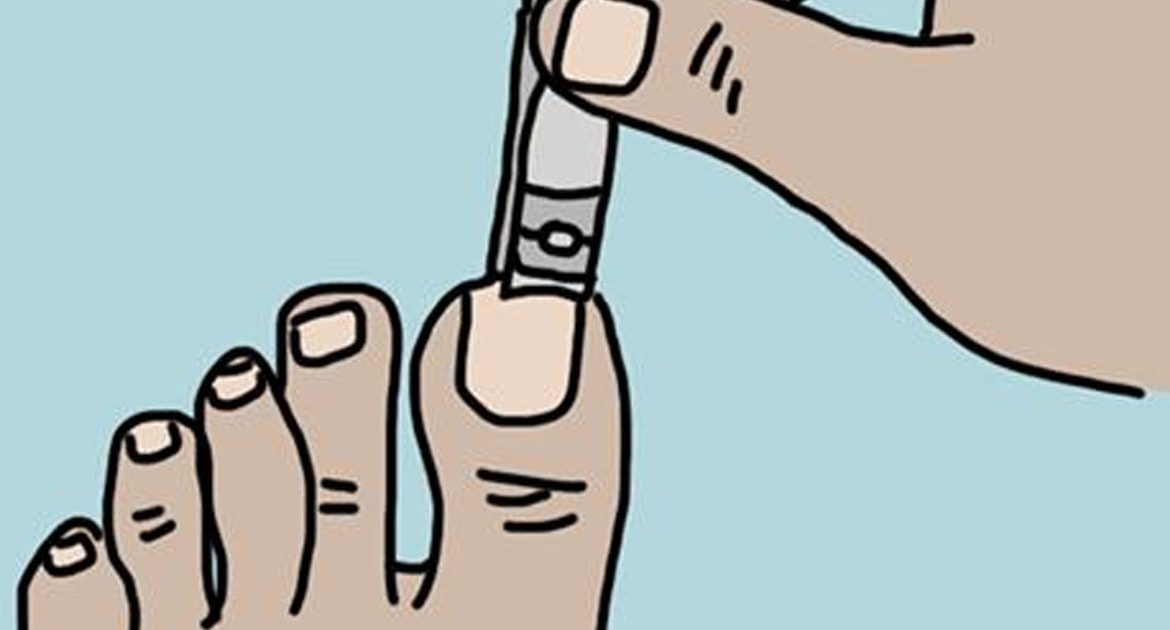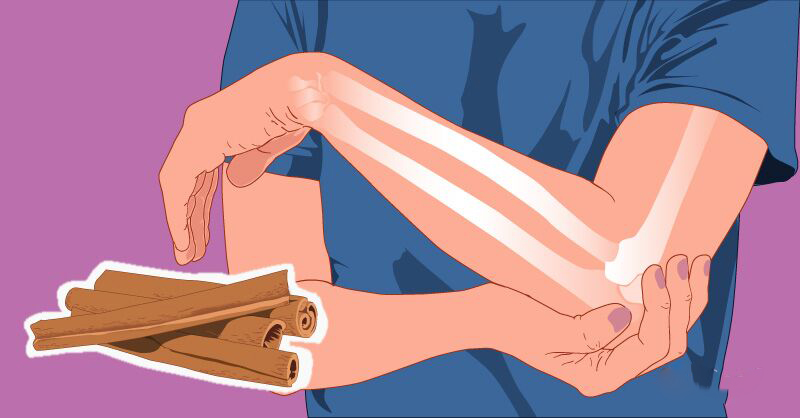Though we may not feel it on a daily basis, our hands and feet can give us an extraordinary amount of information about the state of our physical well-being.
Just as your fingernails may be sending you crucial warnings, pain in your feet can give you an idea of how to better care for your toenails.
If an ingrown nail breaks into the skin, it can allow bacteria to enter the wound and potentially cause a painful infection.
In the most severe of cases, it would be best to consult a doctor. But if you’re dealing with slight pain or irritation, or if you have only just noticed your ingrown nail, there are many ways you can treat it right at home.
In an exclusive look below, we’ll go through the easy steps you can take to instantly remedy and relieve ingrown toenails.
Scroll through to see these simple, helpful tips, and let us know your thoughts in the comments!
1. Soak in a Warm Salt Bath
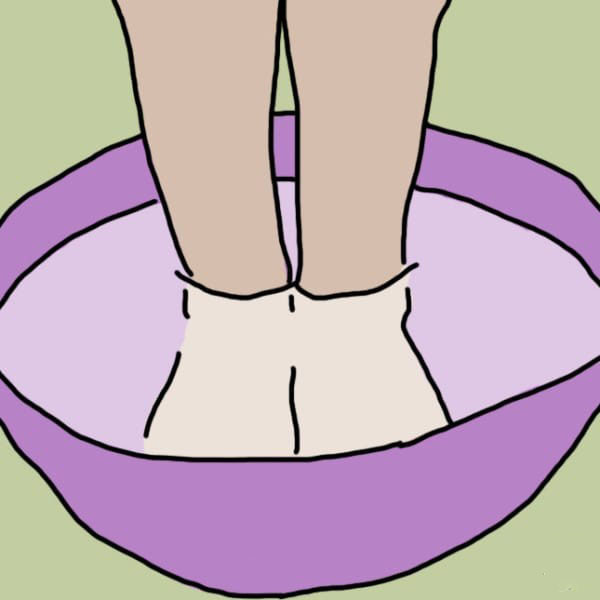
To help prevent recurring infections caused by an ingrown toenail, try soothing the area of pain with a nice, warm salt bath.
Many podiatrists recommend soaking the sore toe for 15 minutes, for a few times every day.
This will help relieve the pain and swelling, and will soften the toenail, so that you can treat it more effectively.
Epsom salt is a great choice — it will help relieve pressure in the toe, and help the foot muscles relax.
2. Use an Antibiotic Ointment
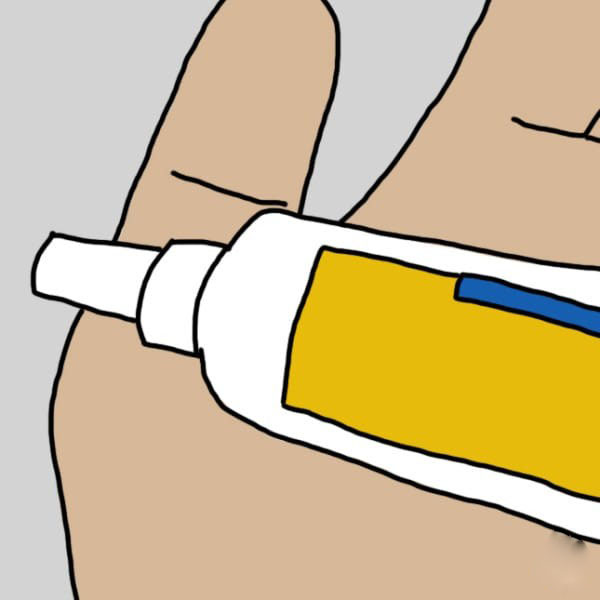
The worst thing you can do to an ingrown toenail is to try and perform surgery on yourself.
Avoid cutting or trimming the toenail any further, or pulling at the skin roughly.
If you prefer to skip the at-home remedies, try rubbing your toe with an antibiotic ointment to lower the chances of developing a serious infection, according to American Family Physician.
3. Use Over-the-Counter Medications
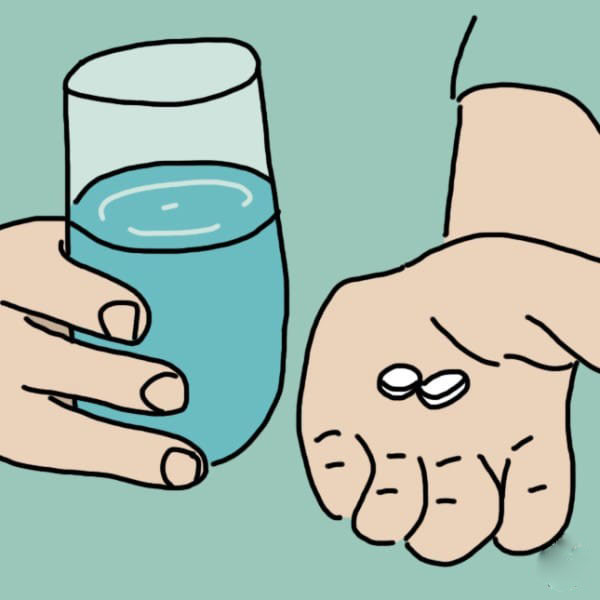
The first and most immediate step you’ll probably want to take is relieving the pain.
Over-the-counter medications like Aspirin, Ibuprofen, and Acetaminophen are great options for effective, temporary pain relief.
Make sure the medication is non-steroidal, and specifically anti-inflammatory.
4. Stuff Tiny Pieces of Moist Cotton
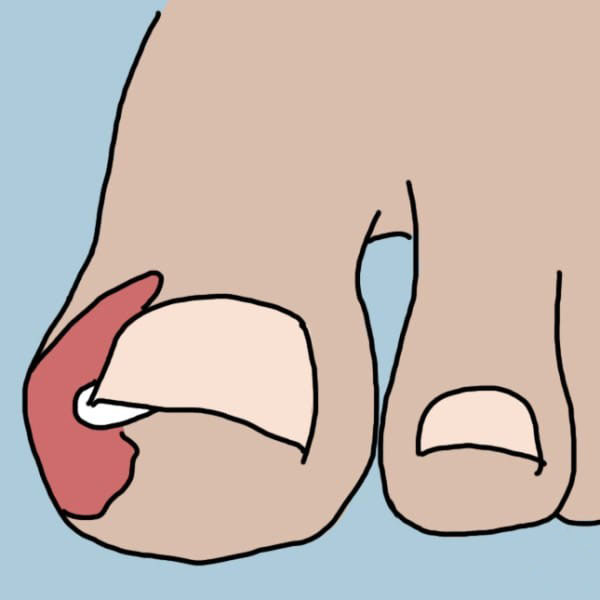
After your toenail has softened from the salt bath, take tiny pieces of moist, clean gauze or cotton, and stuff them between the ingrown toenail and the skin.
This will provide a barrier between the nail and skin. By not touching the skin, the nail edge can grow away from it.
You can also do this with a clean length of floss. Try soaking it in water or antiseptic cleanser beforehand, and avoid digging too much into the toenail, which can worsen the infection.
5. Gently Pull the Skin Away
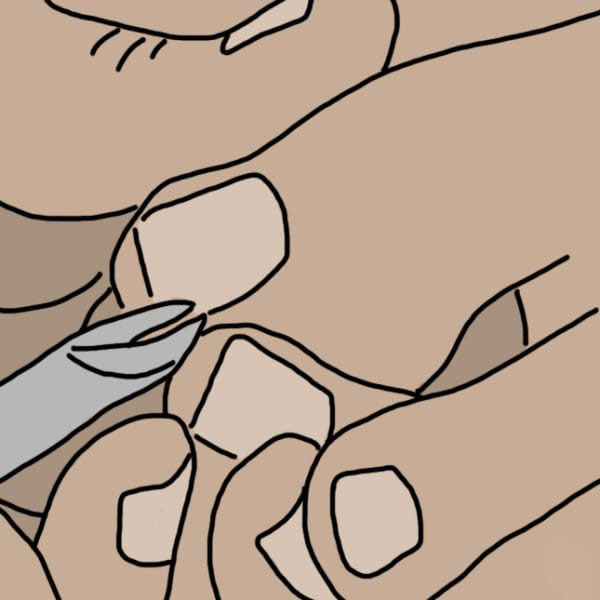
Likewise, you can try lifting your toenail away from the skin by using a small nail file, or a tool that is thin and blunt.
Just like using the cotton or floss, this will help you separate your skin from the toenail, so that you can clearly spot the edge of the nail.
Disinfect the file with hydrogen peroxide or alcohol, and place it on the side of the nail that is not ingrown. Then, work your way toward the edge that is ingrown.
6. Wear Properly Fitting Shoes
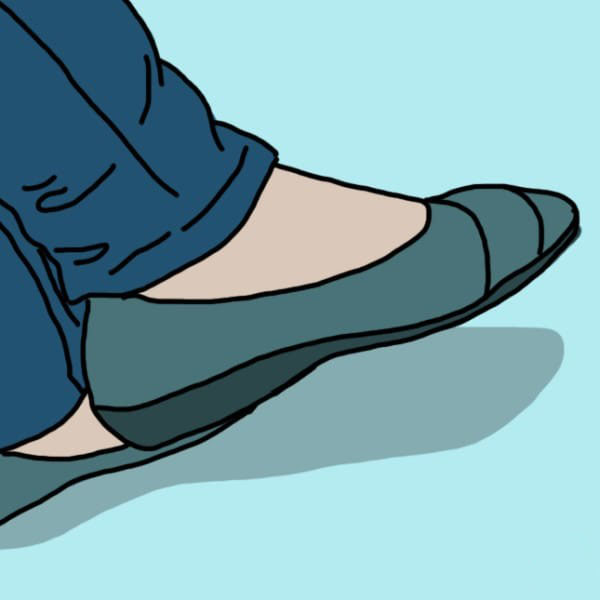
Now that we’ve looked at a few easy ways to instantly remedy an ingrown toenail, let’s take a minute to see what can be done to prevent it from occurring in the first place.
Most importantly, choose to wear the right shoes. They should fit your feet comfortably, preferably be made of soft materials, and have a wide toe box.
If your shoes are pinching your toes, or are placing pressure on the sides of your toes, it’s probably a sign that you should switch out of them, according to Everyday Health.
7. Trim Toenails Straight Across
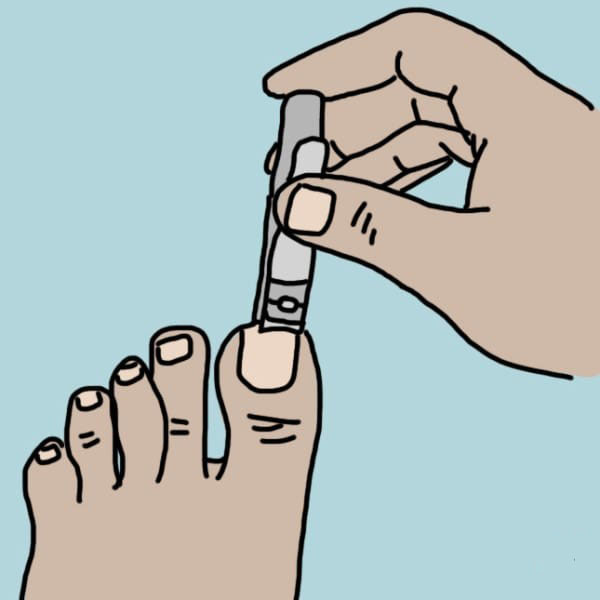
There are a few do’s and don’ts when it comes to properly maintaining the health of your toenails.
First off, make sure you are trimming them properly — always use clean nail clippers, and cut your nails straight across. Never curve the corners of your nails!
If you happen to have poor blood flow to your feet, see a podiatrist to have your nails trimmed, according to the Mayo Clinic.
8. Trim Toenails to the Right Length
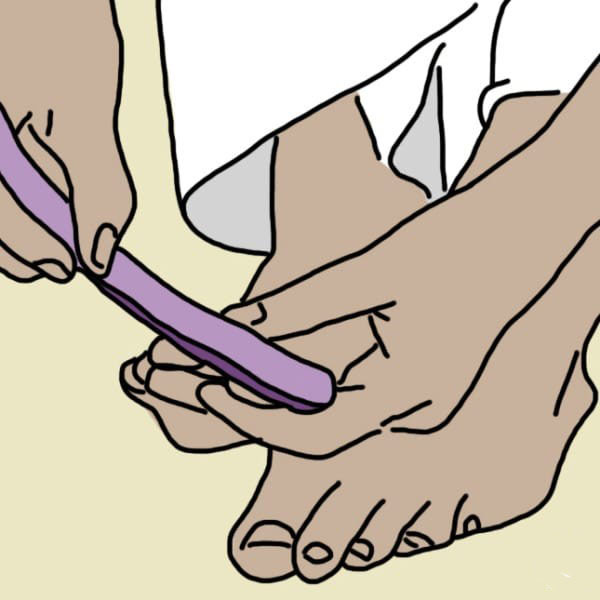
Cutting your toenails too short will also put you at risk for ingrown nails.
Next time you trim your toenails, remember to leave them a little longer, so that they are less likely to grow into the skin.
If your nails are too short, your shoes will likely put more direct pressure on them, making the nail grow straight into the tissue of your skin.
The Mayo Clinic also recommends that nails be trimmed so that they’re level with the tips of your toes.
9. Practice Good Foot Hygiene
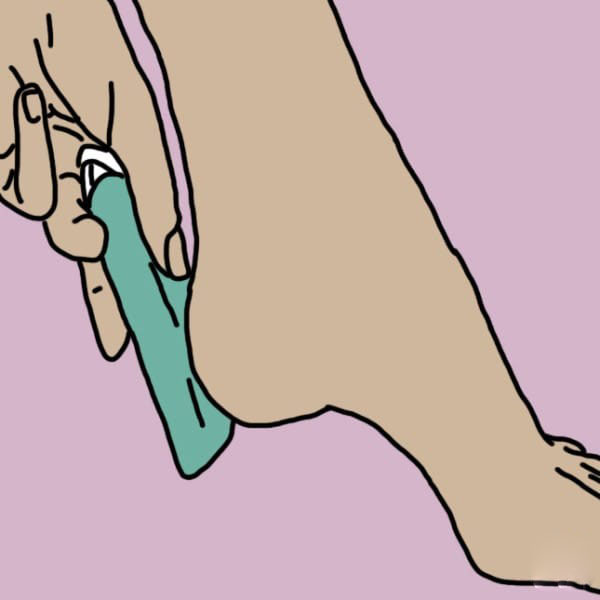
You don’t need to visit a nail salon or pedicurist to keep your feet and toes healthy.
The American Orthopaedic Foot & Ankle Society suggests a few simple ways to keep ingrown toenails at bay. Regularly soak your feet in warm, soapy water for 10 minutes. Afterward, gently remove calluses with a pumice stone or an emery board.
Carefully push back and trim the cuticles that have grown over the nail margins. Moisturize the skin around the nails with creams and lotions. Also, try foot massages to relieve pain or tension in the feet.
10. Check Your Feet for Warning Signs
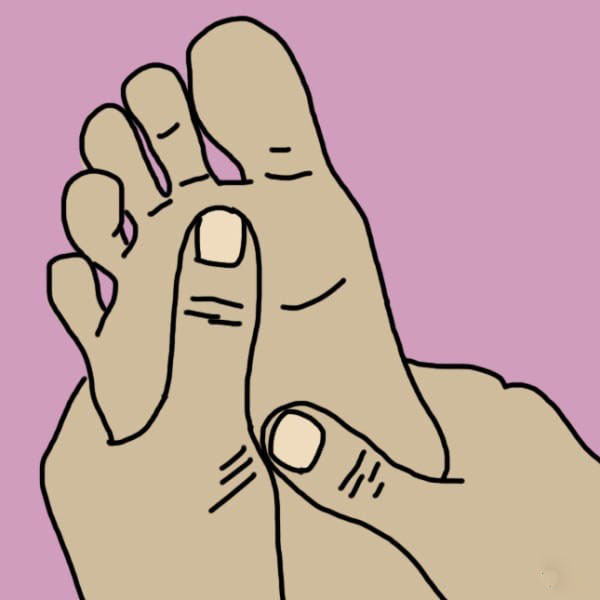
It’s super important to be observant of your feet. Not only can you spot ingrown toenails and infections, but you can also identify signs of other foot problems early on.
For example, people with diabetes are known to develop foot complications. These can include loss of feeling, calluses, and ulcers, according to the American Diabetes Association.
Similarly, dry, flaky feet can indicate an issue with the thyroid, whereas a sudden high arch could point to nerve damage.
So make sure to regularly inspect your feet to become more informed about your body!
Please Liked Video these important foot health tips with friends and family, and make sure that you are taking the right steps to keep your feet happy and healthy!
